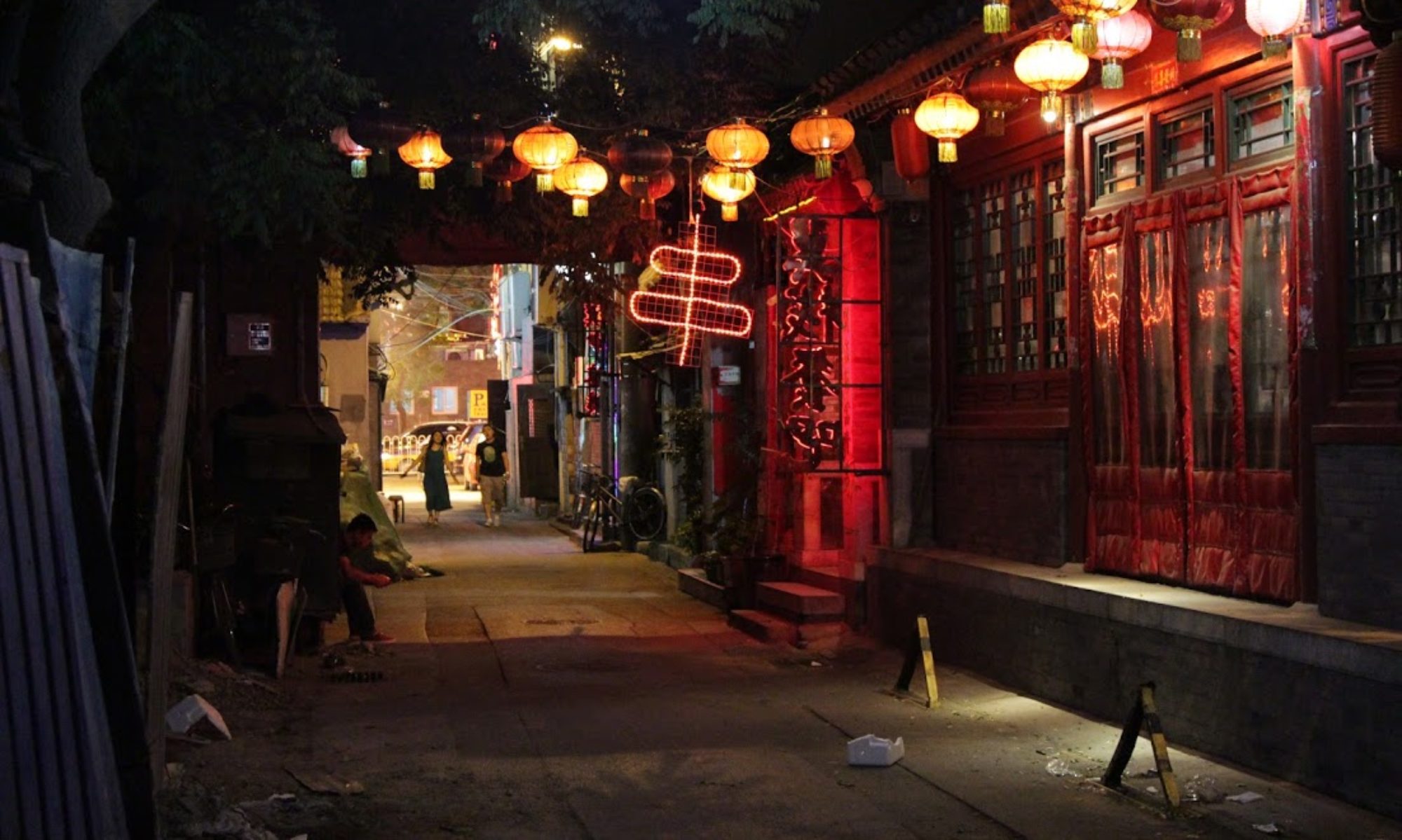I’ve wanted to buy a kente quilt [read: blankey] ever since coming to Ghana, but have held off due to the high cost of the fabric and not knowing who to buy from. But last week at Tafi Abuife the kente was plentiful, the price was right, the stars were aligned, and I just couldn’t resist.
The following patterns, passed down through multiple generations, were selected for my quilt. Despite appearing simplistic, each of these abstract designs take 5-9 hours to complete a two yard strip. Altogether, the nine strips of kente I chose took a whopping 62 hours to weave.
Steps (Togbe) :
Birds (Afala) :
Hills & Sugarcane (Eto) :
Our People’s Footpath (Mat) :
Life’s Direction (Mor) :
Unity (Ashe) :
Unity #2 (Dekaworwor) :
 After paying Aikins for the cloth, we rode motorcycle taxis over to a well-named tailoring shop in a neighboring village.
After paying Aikins for the cloth, we rode motorcycle taxis over to a well-named tailoring shop in a neighboring village. Mary, an extremely nice seamstress, began sewing the kente cloth together strip by strip.
Mary, an extremely nice seamstress, began sewing the kente cloth together strip by strip.  Earlier that day, I had carefully arranged the kente strips to make an evenly laid out design with a very diversified color scheme. It was a very nice layout, but I forgot to tell this to Mary. She stitched the strips together according to what she thought would look good, which I was completely okay with. After all, she’s the expert!
Earlier that day, I had carefully arranged the kente strips to make an evenly laid out design with a very diversified color scheme. It was a very nice layout, but I forgot to tell this to Mary. She stitched the strips together according to what she thought would look good, which I was completely okay with. After all, she’s the expert!  After 45 minutes, Mary finished sewing my quilt without breaking a sweat [or removing her hair curlers].
After 45 minutes, Mary finished sewing my quilt without breaking a sweat [or removing her hair curlers]. The end product looks decidedly more original and ‘African’ than the almost symmetrical layout I had planned, and I am glad that I ‘let’ a Ghanaian arrange the kente design.
The end product looks decidedly more original and ‘African’ than the almost symmetrical layout I had planned, and I am glad that I ‘let’ a Ghanaian arrange the kente design.  Special thank you to Chris & Aikins for introducing me to their wonderful village.
Special thank you to Chris & Aikins for introducing me to their wonderful village.

















